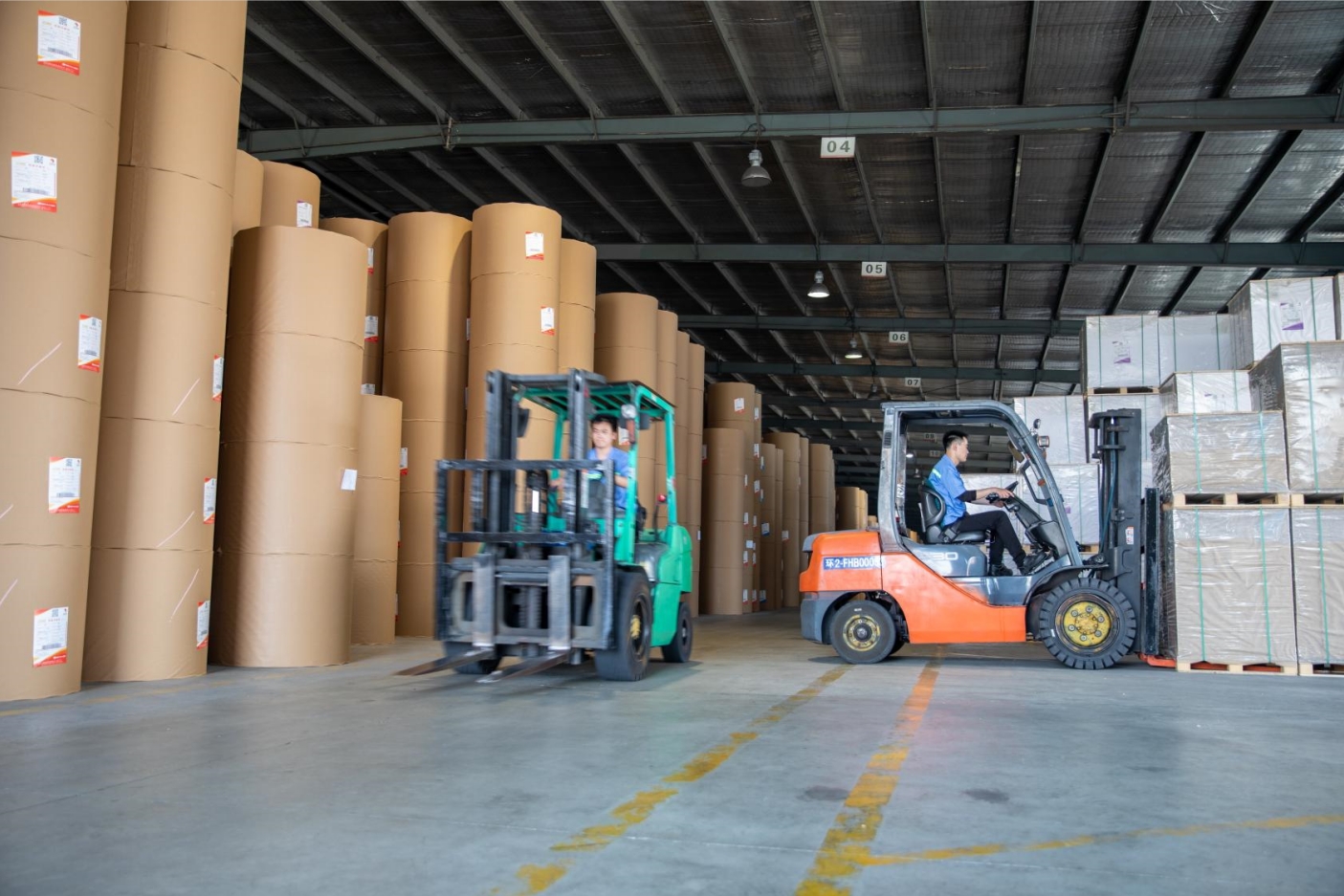Beyond the Coffee Shop_ How Cup Stock Paper is Revolutionizing Food Packaging
Beyond the Coffee Store: How Cup Stock Paper is Revolutionizing Meals Packaging ===============================================================================
Cup stock paper, also referred to as cup board or cup stock, is a type of paperboard specifically designed for the production of disposable cups and containers for the food and beverage business. It is a flexible and sturdy materials that is extensively used in the packaging business as a result of its capacity to hold both cold and hot liquids without leaking or turning into soggy. Cup stock paper is typically made from a blend of virgin and recycled fibers, which supplies it the power and rigidity required for food and beverage packaging. The manufacturing process involves coating the paperboard with a skinny layer of polyethylene (PE) or polyethylene terephthalate (PET) to offer a barrier towards moisture and grease, making it suitable for a variety of meals and beverage applications.
Properties and Characteristics of Cup Stock Paper
Cup stock paper is known for its excellent printability, which permits for vibrant and high-quality graphics to be printed on the surface of the cups and containers. This makes it a super selection for branding and marketing functions, as corporations can easily customize their packaging to stand out on the shelves. In addition to its printability, cup stock paper can also be heat-sealable, making it appropriate to be used in automated packaging lines. It is available in a spread of thicknesses and coatings to meet the particular necessities of various food and beverage merchandise. Cup stock paper can be light-weight, making it cost-effective for transportation and storage. Moreover, it is recyclable and biodegradable, making it an environmentally pleasant choice for packaging.
Main Functions of Cup Stock Paper within the Food and Beverage Industry
Cup stock paper is widely used in the food and beverage business for a wide range of purposes, together with cold and warm drink cups, ice cream containers, soup containers, and takeaway food containers. Its ability to resist each cold and hot temperatures makes it a popular selection for serving a variety of drinks, from hot coffee to iced tea. In addition to its use in cups and containers, cup stock paper can additionally be used for lids, sleeves, and other accessories that complement the packaging of meals and drinks. Its versatility and adaptability make it an important material for the foodservice industry, the place comfort and functionality are key issues.
Environmental Impression and Sustainability of Cup Stock Paper
One of the key benefits of cup stock paper is its environmental sustainability. As a renewable useful resource, paperboard is derived from timber that can be replanted and harvested in a sustainable method. Additionally, cup stock paper is recyclable and biodegradable, which signifies that it can be diverted from landfills and reused within the production of latest paper merchandise. cupstock board of recycled fibers in cup stock paper also helps to cut back the demand for virgin materials, further contributing to its environmental sustainability. In recent years, there has been a rising emphasis on sustainable packaging solutions, and cup stock paper has emerged as a most well-liked choice for environmentally conscious shoppers and businesses.
Advantages and Disadvantages of Cup Stock Paper
The use of cup stock paper presents several advantages, including its versatility, printability, heat-sealability, and environmental sustainability. Its ability to hold each hot and cold liquids without leaking or turning into soggy makes it an ideal selection for a variety of food and beverage purposes. Moreover, cup stock paper may be simply personalized with high-quality graphics to boost branding and marketing efforts. Nevertheless, there are also some disadvantages associated with cup stock paper, corresponding to its limited barrier properties against moisture and grease compared to other packaging materials. This is normally a concern for certain food products that require a better level of safety towards exterior elements.
Innovations and Developments in Cup Stock Paper Technology
In recent years, there have been vital developments in cup stock paper know-how to improve its performance and sustainability. Producers have been creating new coatings and components to boost the barrier properties of cup stock paper, making it extra immune to moisture and grease. This has expanded the range of food products that may be safely packaged in cup stock paper, additional increasing its versatility within the food and beverage business. Additionally, there was a give attention to developing more sustainable alternate options to traditional polyethylene coatings, such as bio-based coatings derived from renewable sources. These innovations are driving the evolution of cup stock paper as a extra environmentally friendly packaging solution.
Conclusion and Future Outlook for Cup Stock Paper
In conclusion, cup stock paper is a flexible and sustainable material that performs an important function in the food and beverage business. Its properties and traits make it a perfect choice for packaging a variety of products, from sizzling drinks to chilly desserts. Whereas there are some limitations associated with cup stock paper, ongoing improvements and developments in technology are addressing these challenges and expanding its potential applications. As consumer demand for sustainable packaging continues to develop, cup stock paper is predicted to stay a preferred selection for companies trying to reduce their environmental impact while delivering high-quality packaging options. With ongoing developments in technology and a focus on sustainability, the longer term outlook for cup stock paper appears promising as it continues to evolve as a leading packaging materials within the food and beverage trade. 